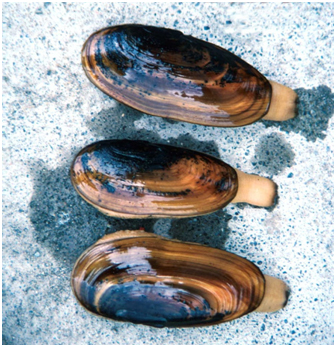A decline in the number of mature razor clams the past several years has prompted Alaska Fish and Game department to curtail clamming on East Cook Inlet beaches for the foreseeable future.

In an emergency order released Dec. 28, state biologists closed beaches from the tip of the Homer Spit to the mouth of the Kenai River to razor clam harvests throughout the entire year of 2017.
Both sport and personal use clamming are affected by the order.
A continued low abundance of mature razor clams in the area has worried biologists.
According to Fish and Game, the closure prohibits the taking of any clam species from East Cook Inlet beaches from Jan. 1, 2017, through Dec. 31, 2017.
Surveys show mature razor clam abundance at historic low levels at Ninilchik and Clam Gulch, although juvenile clams seem to be above average numbers.
Biologists said the numbers may be on the rebound, and a survey planned for next year will determine whether that is the case.
The decline in mature razor clam numbers is not known at this time, although biologist Tim Vanya said that it could be because of natural mortality or to poor settlement of clam eggs.
Over-harvesting has been ruled out as a cause.
The razor clam harvest closure does not affect beaches on the West side of Cook Inlet.
